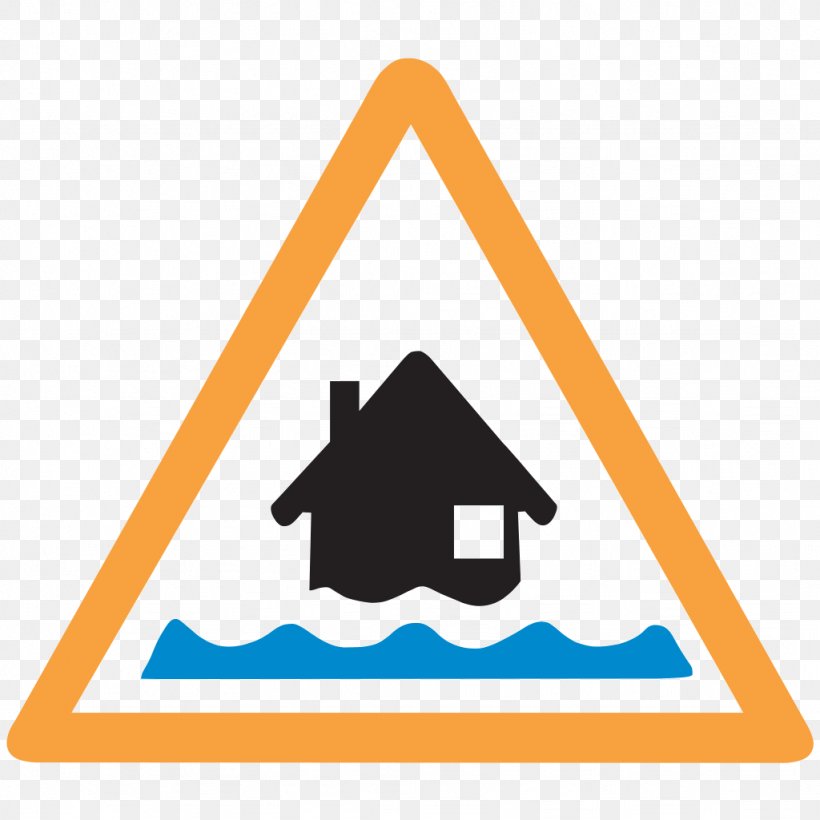Effective Flood Alert Systems: Preparation And Response For Flood Events

Table of Contents
Understanding Different Flood Alert Systems
Effective flood warning systems are the cornerstone of any successful flood preparedness strategy. They rely on various methods to monitor and predict flood events, providing crucial time for action. Several types of systems work together to provide a comprehensive picture of potential flood risk:
-
River gauge monitoring and alert thresholds: These systems continuously measure river levels at key points along waterways. When water levels reach pre-determined thresholds, alerts are automatically triggered, indicating an increasing risk of flooding. This real-time river level monitoring is a fundamental component of many flood warning systems.
-
Rainfall-based forecasting and warning systems: By tracking rainfall intensity and distribution, these systems can predict areas at high risk of flash flooding. Sophisticated models integrate rainfall data with topographical information to estimate potential flood extent and severity. This rainfall monitoring is vital, especially in areas prone to rapid rises in water levels.
-
Integrated hydrological models for predicting flood risk: These advanced models combine various data sources, including rainfall, river levels, snowmelt, and soil moisture, to create detailed flood risk forecasts. They provide valuable insights into the timing, location, and potential magnitude of flooding events, allowing for more accurate and timely alerts.
-
Government-issued alerts via text message, email, and public broadcasting: Official channels disseminate flood warnings to the public through various means, including SMS alerts, email notifications, and announcements on television and radio. These alerts often include evacuation instructions and other critical safety information.
-
Community-based warning systems and citizen reporting: Involving the community is essential. Local initiatives encourage citizen reporting of flood conditions and facilitate rapid information sharing within neighborhoods. This grassroots approach supplements official warning systems, offering a valuable layer of localized awareness.
-
Mobile apps providing real-time flood information and maps: Many apps provide up-to-the-minute flood information, including interactive maps showing affected areas, evacuation routes, and emergency shelters. These apps offer convenience and readily accessible information directly to users' mobile devices, enhancing awareness and response capabilities.
Preparing for a Flood Event Using Alert Systems
Receiving a flood alert shouldn't be cause for panic; it's a call to action. Effective preparation is key to minimizing the impact of a flood. A well-defined flood preparedness plan is crucial for individuals and communities alike.
-
Sign up for official flood alerts through relevant government agencies: Register with your local, regional, and national emergency management agencies to receive timely warnings via text, email, or other preferred methods. Knowing where to find these resources is a critical first step.
-
Identify high-risk areas in your community and plan evacuation routes: Understand the flood-prone areas in your vicinity. Identify multiple safe evacuation routes and practice using them beforehand. Knowing your escape path is crucial in an emergency situation.
-
Prepare an emergency kit with essential supplies (water, food, medications, etc.): Assemble a kit containing at least a three-day supply of non-perishable food, water, essential medications, first-aid supplies, flashlights, and batteries. This will sustain you until you reach safety.
-
Secure important documents and valuables in waterproof containers: Protect irreplaceable items like photos, identification documents, and financial records by storing them in waterproof containers or bags. This measure will help minimize loss and disruption.
-
Understand your flood insurance coverage: Review your flood insurance policy to understand your coverage and the claims process. Knowing what is and is not covered is essential for post-flood recovery.
-
Learn about local flood mitigation efforts and community resources: Familiarize yourself with local flood mitigation strategies and identify available community resources, such as emergency shelters and support services. Your community resources are invaluable during a disaster.
Responding to Flood Alerts and During a Flood
When a flood alert is issued, timely and appropriate action is paramount. Your response should be guided by official instructions and prioritize safety.
-
Follow official evacuation orders immediately: Evacuation orders are not suggestions; they are critical instructions to protect your life. Obey them promptly and completely.
-
Use designated evacuation routes and avoid flooded areas: Do not attempt to drive or walk through floodwaters. The depth and current might be deceptive and dangerous.
-
Seek shelter in designated emergency shelters or with family/friends in safe locations: If evacuation is necessary, utilize designated emergency shelters or seek refuge with family or friends in safe, elevated areas.
-
Never drive or walk through floodwaters: Floodwaters often hide unseen dangers, including debris, downed power lines, and strong currents. These are life-threatening situations to avoid.
-
Report damage to authorities after the flood subsides: After the flood, report any damage to your property and infrastructure to the relevant authorities to facilitate recovery efforts.
-
Contact your insurance provider to begin the claims process: Initiate contact with your insurance provider as soon as possible to start the claims process for any flood-related damages.
Conclusion
Effective flood alert systems are indispensable tools for protecting communities and saving lives. By understanding the different types of systems, proactively preparing for flood events, and responding appropriately to alerts, we can significantly reduce the devastating impact of floods. Remember, individual and community preparedness are key. Take the initiative today: sign up for official flood alert systems, develop a comprehensive flood preparedness plan, and participate in your community’s flood mitigation efforts. By staying informed and utilizing effective flood alert systems, you can protect yourself, your family, and your community from the devastating effects of floods. Visit your local emergency management agency’s website for more information and resources on flood preparedness.

Featured Posts
-
 Is Elon Musk Abandoning Dogecoin An Analysis
May 26, 2025
Is Elon Musk Abandoning Dogecoin An Analysis
May 26, 2025 -
 I Naomi Kampel Me Mpikini Apokalyptikes Fotografies Apo Tis Diakopes Stis Maldives
May 26, 2025
I Naomi Kampel Me Mpikini Apokalyptikes Fotografies Apo Tis Diakopes Stis Maldives
May 26, 2025 -
 Jadwal Tayang Moto Gp Argentina 2025 Di Trans7 Jangan Lewatkan Keseruannya
May 26, 2025
Jadwal Tayang Moto Gp Argentina 2025 Di Trans7 Jangan Lewatkan Keseruannya
May 26, 2025 -
 Jadwal And Info Siaran Langsung Moto Gp Argentina 2025 Di Trans7
May 26, 2025
Jadwal And Info Siaran Langsung Moto Gp Argentina 2025 Di Trans7
May 26, 2025 -
 They Came From Afar Found Love In Dc Then Tragedy Struck
May 26, 2025
They Came From Afar Found Love In Dc Then Tragedy Struck
May 26, 2025
